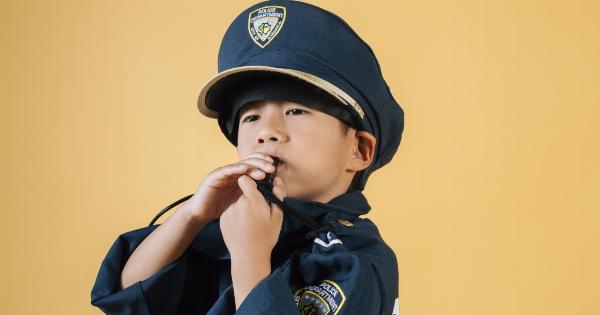There are many mythical characters throughout history that have captured the imaginations of people all over the world. They serve as symbols of power, intelligence, and strength, representing the ideals that people strive towards.
One such character, with a rich and complex history that has evolved over time, is known as the Trickster.
Who is the Trickster?
The Trickster is a mythical character found in the folklore of many cultures across the globe. This shape-shifting figure is known for its cunning and quick-thinking, as well as its propensity for playing pranks and causing mischief.
Tricksters often blur the line between good and evil, embodying both positive and negative traits.
While the Trickster is widely recognized as a character in mythology, it also exists in popular culture in forms such as Bugs Bunny, Loki, Deadpool, and even The Joker.
The Trickster Across Different Cultures
Although the Trickster takes many forms, it is important to note that there are certain characteristics that are universal across cultures.
In African mythology, the Trickster often appears as a shape-shifting spider named Anansi, while in Norse mythology, the Trickster is the shape-shifting god Loki. In Native American folklore, the Trickster is often embodied by the coyote or raven.
Despite these differences, there are certain shared traits that define the Trickster. For instance, all Tricksters are known for their intelligence, wit, and quick thinking.
They use their cunning to outsmart others and gain an advantage, often playing pranks or tricking others into doing their bidding.
The Evolution of the Trickster
While the Trickster has existed for centuries, its meaning and interpretation have evolved over time. In ancient mythology, the Trickster was often portrayed as a deity with ultimate power over the world and its inhabitants.
However, in modern times, the Trickster has taken on a more complex role, embodying concepts such as chaos, rebellion, and subversion.
The Trickster has also undergone a process of “domestication,” where it has been incorporated into mainstream culture as a symbol of humor and entertainment.
In this form, the Trickster often appears as a comical figure that is separate from the darker aspects of its history.
The Importance of the Trickster in Culture
Despite its sometimes complex and nuanced role, the Trickster remains an important figure in culture, evoking feelings of freedom, humor, and rebellion.
The Trickster is seen as a symbol of transformation and change, representing the triumph of intelligence and wit over brute force and strength.
The Trickster also serves as a reminder that even the most powerful figures in society can be outsmarted by someone with cunning and quick thinking.
This message is particularly important in today’s world, where many people feel disenfranchised and powerless against the forces of wealth and influence.
Conclusion
The Trickster is a mythical character that has played an important role in shaping cultures and values across the globe.
From its early origins as a powerful deity to its modern interpretation as a symbol of rebellion and humor, the Trickster has evolved over time to reflect changing societal values and attitudes.
While the Trickster can be a complex and multifaceted character, there are certain universal traits that define it, such as intelligence, cunning, and quick thinking.
Whether appearing as a spider, coyote, or even a cartoon character, the Trickster remains an important symbol of transformation and change.































